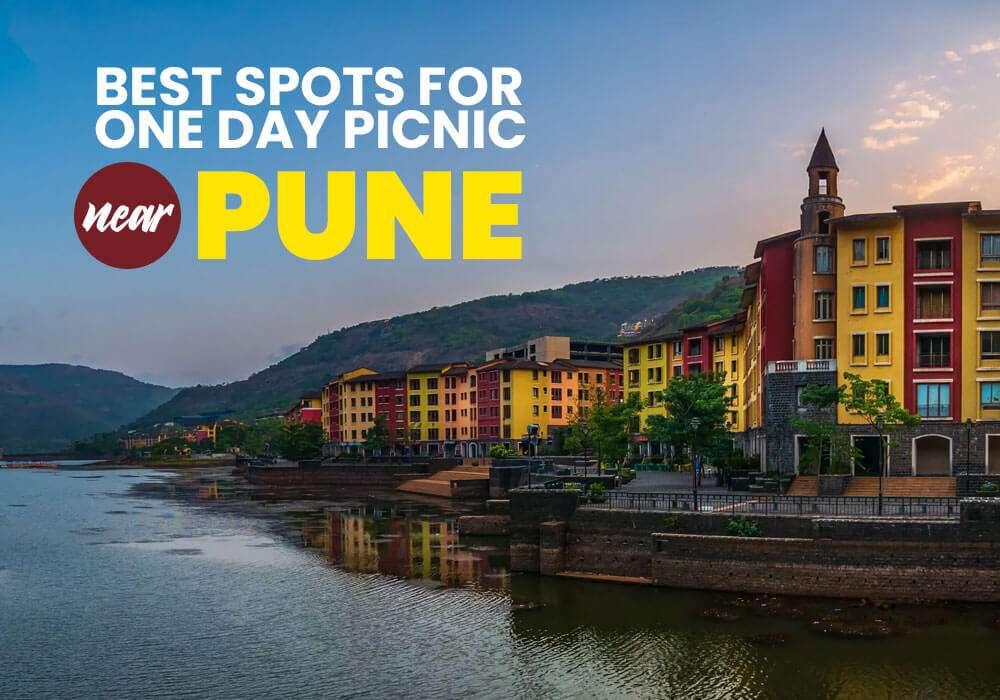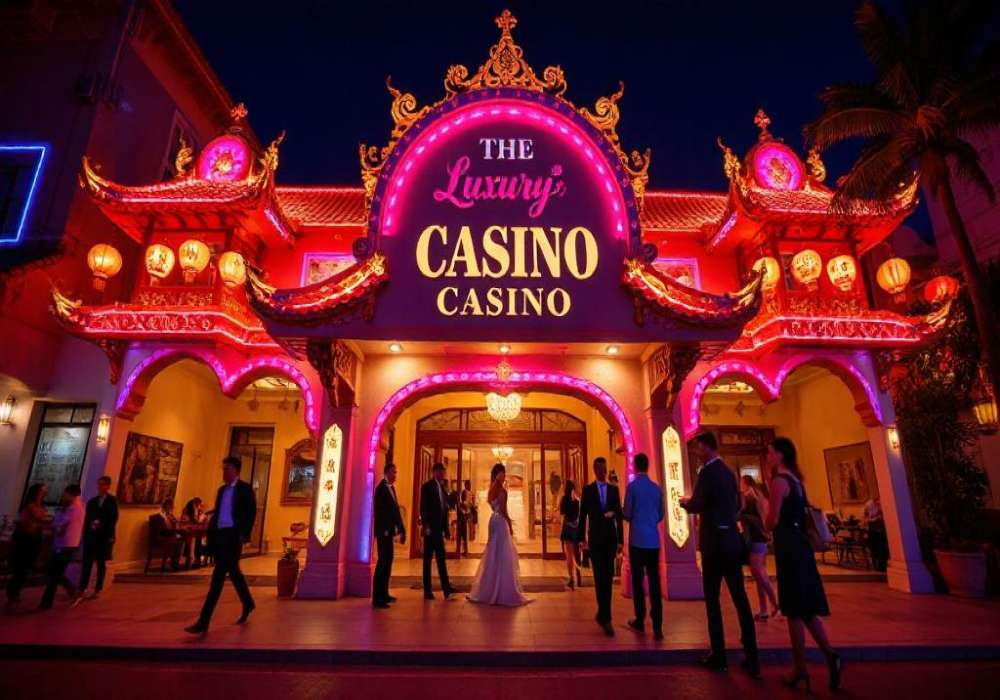
Last Updated At: 15-May-2025
11 Interesting Facts About Hanoi | That You Need To Know
Discover Hanoi, a city of enchanting history and vibrant culture. Explore astonishing facts about the "City of Lakes," including its thousand-year-old legacy, the captivating water puppetry, the aromatic coffee culture, and its world-famous street food. Hanoi's Old Quarter with its 36 historic streets reveals a labyrinth of crafts and traditions, while architectural gems like the French-inspired Hanoi Opera House and the ancient Temple of Literature tell tales of the city's past. Ho Chi Minh Mausoleum stands as a testament to Vietnam's revered leader, while the Turtle Tower on Hoan Kiem Lake symbolizes ancient legends. The Perfume Pagoda offers a boat journey to Buddhist sanctuaries nestled in picturesque limestone formations, creating a serene escape from urban life. Thang Long Imperial Citadel, a UNESCO site, showcases Hanoi's historical significance, and the diverse religious landscape with Buddhist temples, Catholic churches, and Taoist pagodas exemplifies the city's harmonious coexistence.
Join us in uncovering the untold facts about Hanoi, where a unique blend of heritage and modernity awaits, promising an unforgettable journey through time and culture.
List Of 11 Facts About Hanoi | No One Told You
- The Story of Ascending Dragon | How Hanoi Got its Name
- Hanoi is Quite Old | The Timeless City
- Long Bien Bridge | A French Legacy
- Hanoi’s Traffic is Something Else | Synonym for Utter Chaos
- Narrow Buildings are Common | Tax Saving Strategy
- Hanoi’s French Connection | The Colonial Legacy
- Street Foods in Hanoi | Satisfy Your Cravings
- Dog Meat is Common | You Like It or Not
- Beer Buffs are More Than Welcome | Cheapest Beer
- Egg in Coffee is Not Gross | Hanoi’s Tradition
- The Ho Chi Minh Mausoleum in Hanoi | The Greatest Leader
1. The Story of Ascending Dragon | How Hanoi Got its Name
The name reflects the city's geographical location, as it is situated between the Red River (Song Hong) to the east and the western region's fertile delta. Historically, it was also known as "Thang Long," which means "Ascending Dragon," symbolizing the city's resilience and its rise as a significant capital. Dragon is used in many traditional festivals in Hanoi as a mark of Hanoi's ancient culture and history.
2. Hanoi is Quite Old | The Timeless City
When we say Hanoi is quite old, we mean it. It is believed that Hanoi has been inhabited since 3000 BC, and there is no doubt about it. The historical landmarks in Hanoi are living proof which are very old. The city celebrated its 1000th birthday back in 2010.
3. Long Bien Bridge | A French Legacy
The Long Bien Bridge is not only a French legacy but also a symbol of Hanoi's resilience and enduring history, bridging the gap between the city's colonial past and its vibrant present. It was designed by Gustave Eiffel, the famous engineer behind the Eiffel Tower in Paris. Today, the Long Bien Bridge is no longer used for major traffic but remains a pedestrian and train bridge. It offers stunning views of the Red River and is a favourite spot for photographers, tourists, and locals.
4. Hanoi’s Traffic is Something Else | Synonym for Utter Chaos
Honking is common, and it's often used as a way to signal one's presence in traffic. Drivers and riders may not always follow Western-style traffic norms, so it's important to be cautious and patient. Traffic rules and regulations are in place, but enforcement can be inconsistent. You'll see a mix of riders adhering to the rules and some who do not, leading to a certain level of traffic unpredictability. The weather in December in Hanoi is dry and cool with less to no rain but due to the festive season, the traffic gets out of control many times.
5. Narrow Buildings are Still Common | Tax Saving Strategy
Many of Hanoi's narrow buildings were constructed during the French colonial period. The French imposed high taxes based on the width of street frontage, so property owners built narrow but deep buildings to reduce their tax liability. Despite their narrow facades, these buildings are ingeniously designed to make the most of the available space. They often have multiple floors, courtyards, and skylights to bring in natural light and ventilation.
6. Hanoi’s French Connection | The Colonial Legacy
Hanoi's French connection is a significant part of the city's history, as it was under French colonial rule from the late 19th century until World War II. During this period, the French left a lasting architectural and cultural imprint on the city. The French introduced Catholicism to Vietnam, leading to the construction of notable churches like St. Joseph's Cathedral in Hanoi.
7. Street Foods in Hanoi | Satisfy Your Cravings
Vietnam is known for its local cuisines and authentic dishes. How can we miss this in the timeless city? Hanoi is the epicentre of amazing street food, from soup to Chicken, and meat to noodles you will be served everything. You get to eat on these plastic chairs just on the roadside, which is a contrast to the Western culture. In, Hoan Kiem you get the best street food in Hanoi.
8. Dog Meat is Common | You Like It or Not
You heard that right, Dog meat. It is a taboo for people in many Asian countries especially India to eat Dog meat but it's very common in Hanoi. There is no right or wrong in it it is just part of the Vietnamese culture. You will see Dog meat in street food and you can order one for yourself in any restaurant as well. If you are a vegetarian one of the best Hanoi nightlife tips you should follow is to do a thorough questioning before eating anything else you will end up eating something you may regret later.
9. Beer Buffs are More Than Welcome | Cheapest Beer
Beer is frequently enjoyed with Vietnamese street food. Pairing a cold beer with dishes like pho, bun cha, or banh mi is a common practice. Hanoi's beer culture reflects the city's vibrant street life and the importance of communal gatherings. Whether you're sipping Bia Hoi on a small plastic stool in the Old Quarter or trying local craft beers in a trendy bar, experiencing Hanoi's beer scene is an enjoyable and culturally immersive part of your visit. You can ask anyone how to get to the Old Quarter in Hanoi to enjoy the best and cheapest beer in Hanoi.
10. Egg in Coffee is Not Gross | Hanoi’s Tradition
Sounds gross as it may but it's part of Vietnamese or say Hanoi’s tradition. Egg coffee was invented in Hanoi in the 1940s by Nguyen Van Giang, a bartender at the Sofitel Legend Metropole Hotel. During a milk shortage, he used egg yolks as a substitute, creating a rich and decadent coffee that has become a local favourite. The result is a beverage with a velvety, custard-like texture that's both sweet and satisfying. It's less bitter than traditional coffee and has a unique combination of flavours.
11. The Ho Chi Minh Mausoleum in Hanoi | The Greatest Leader
Ho Chi Minh, often affectionately called "Uncle Ho," was a crucial figure in Vietnam's struggle for independence and reunification. He served as the President of North Vietnam from 1945 until his death in 1969. After Ho Chi Minh's death, his body was embalmed according to his wishes. The process was carried out by a team of skilled Vietnamese and Russian scientists. His preserved body is displayed in the Ho Chi Minh Mausoleum.
If these amazing facts about Hanoi didn’t excite you, then nothing will. What are you waiting for? Pack your bags and fly to Hanoi with Adotrip. With us, you can get end-to-end assistance for your trip and booking assistance for your flight, and hotel, and get an excellent package for everything under one roof. So, plan your next trip to Hanoi and get the best travel deals with us.
With us, nothing is far!
Frequently Asked Questions About Facts About Hanoi
Q1. What is the population of Hanoi?
A1. The current population of Hanoi is 5,253,000, which has increased around 4% since 2022.
Q2. What is the historical significance of Hanoi in Vietnam?
A2. Hanoi, Vietnam's capital, is historically significant as a centre of governance and culture. It played a pivotal role in the country's struggle for independence and the unification of North and South Vietnam.
Q3. What are some famous landmarks and cultural sites in Hanoi?
A3. Hanoi boasts famous landmarks like
- Hoan Kiem Lake
- Ho Chi Minh Mausoleum
- Temple of Literature
- Old Quarter
- One Pillar Pagoda
- Hanoi Opera House, all steeped in cultural significance.
Q4. What is the climate like in Hanoi throughout the year?
A4. Hanoi has a tropical monsoon climate. It features a hot, humid summer from May to September and a cool, dry winter from November to March, with distinct seasons.
Q5. How is the local cuisine in Hanoi different from other Vietnamese regions?
A5. Hanoi's cuisine is celebrated for its emphasis on simplicity and elegance. It's known for dishes like bun cha, bun rieu, and cha ca, distinct from southern or central Vietnamese cuisine.
--- Published By Adotrip
Latest Blogs

Cash in the Wild: My Safari Adventure Across Kenya with Only...

One Day Picnic Spot Near Pune - Adventure, Trekking and Natu...

One Day Picnic Spots Near Mumbai - Monsoon, Adventure, Beach...

The Best Places to Go in Thailand in 2025












 Dubai
Dubai Malaysia
Malaysia USA
USA





